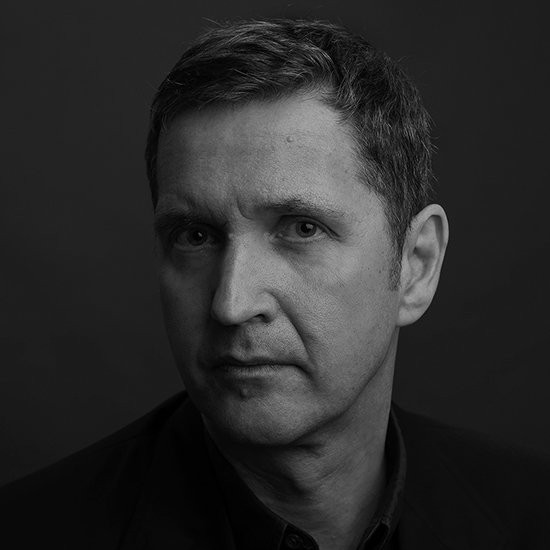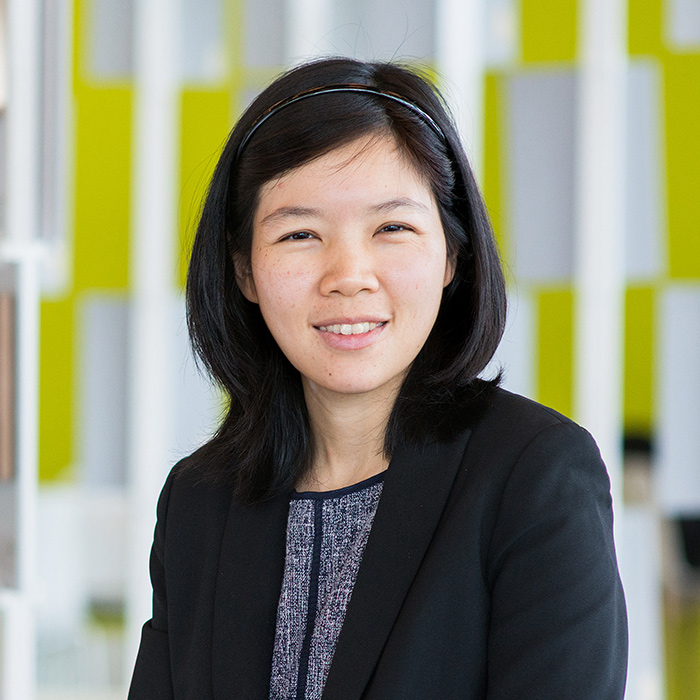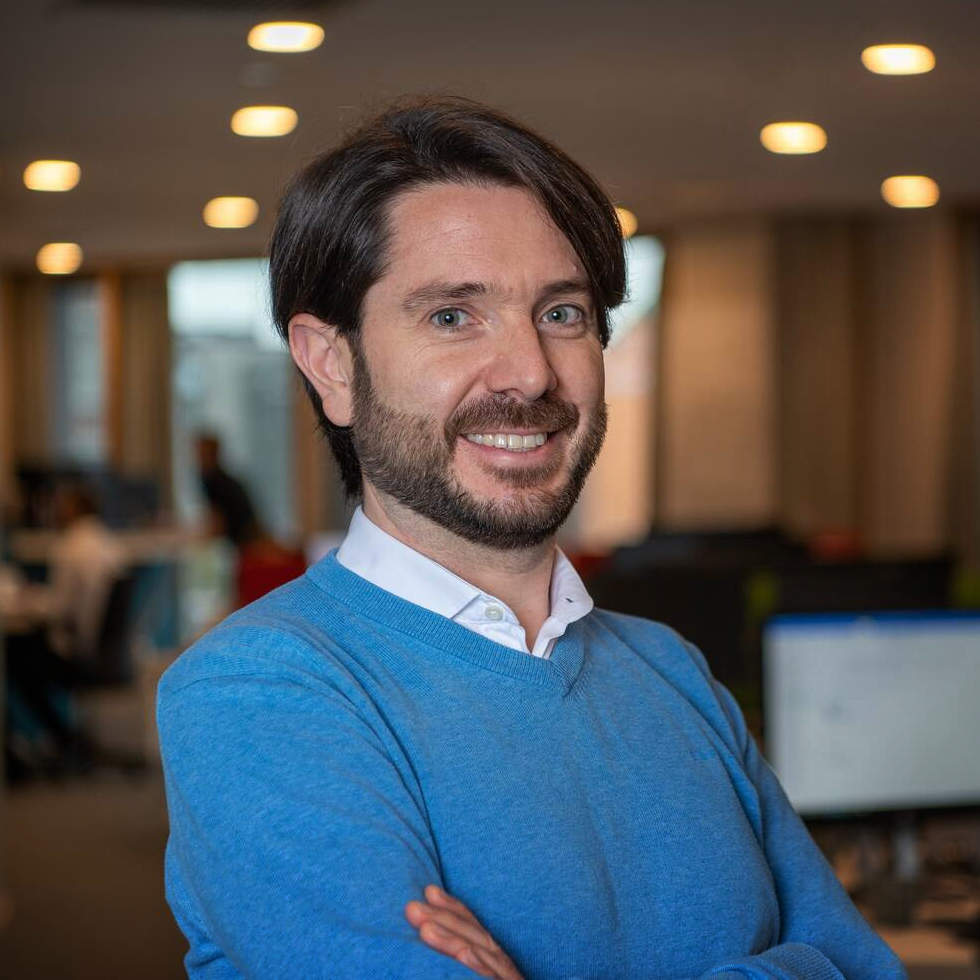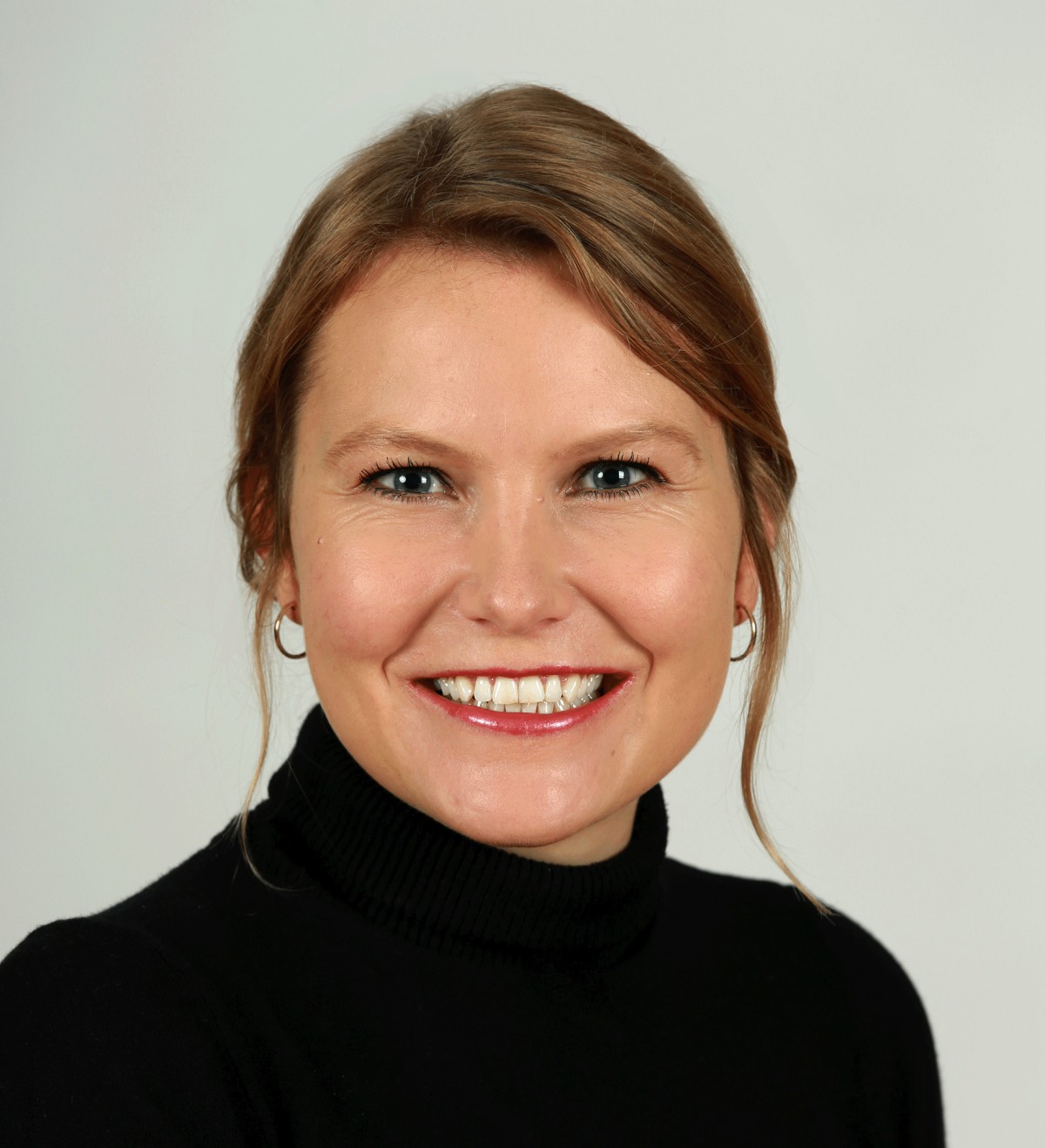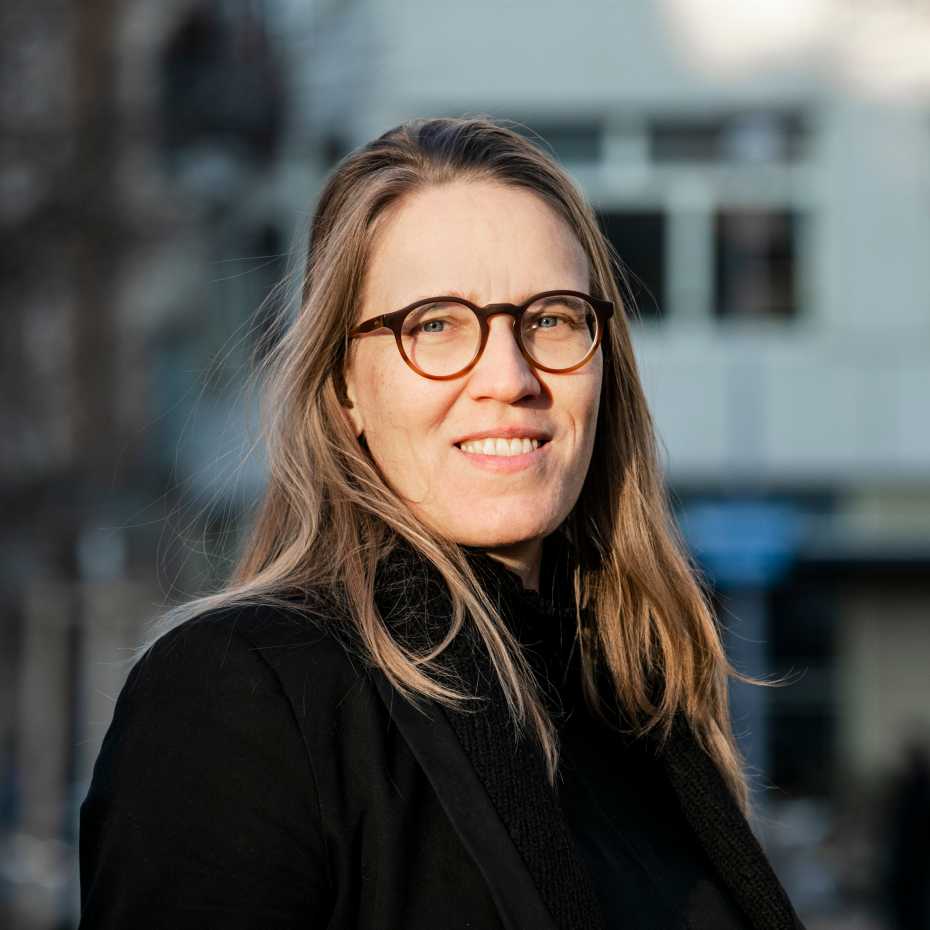Emerging Models of Integrated Urban Development
Contemporary urban planning and design practice is increasingly exploring the development of sustainable integrated districts (SIDs) as a model for high-density high-liveability in future cities. SIDs aim to fully realise the potential of urban innovations and systems solutions by deploying and integrating them at the district scale. Density and sustainability in SIDs are seen as mutually dependent and synergistic.
In addition, SIDs often serve as a test bed for examining a place-based approach to governance arrangements. The place-based approach focuses on strengthening local human capacity – through collaboration and mutual learning – among the diverse stakeholders that are involved in planning and implementing the SIDs.
This research module investigates and evaluates currently ongoing and planned examples of such developments through case studies in Europe and Asia. These include Altstetten-Albisrieden, Zurich, Switzerland; and one-north, Singapore as primary case studies as well as Jurong Lake District and Punggol Town/Digital District, Singapore; Zuidas, Amsterdam, The Netherlands; King's Cross Central, London, UK and Waterfront Toronto, Canada, as possible additional case studies.
This research captures important aspects of the urban planning and design, architectural, social, environmental, economic and governance systems performance of the selected cases systematically through work packages led by an interdisciplinary team of architects, engineers and scientists and close collaboration with competent stakeholders from government agencies and industry.
The research allows for the evaluation, comparison, and mutual learning regarding how SIDs are planned and realised in different settlement systems (with a focus on Concentrated Settlement Systems) and different climate zones. The emphasis of the research will be on Zurich and Singapore, two cities that both rank highly on liveability indexes and that are characterised by a world-class, vibrant urban research and design culture yet resulting from different governance approaches.
Building on the results of the previous two FCL phases, the research expands the knowledge of SIDs as an effective model for future urban development and transformation. In addition to identifying the factors for the successful implementation of SIDs, this module also examines planning instruments and governance arrangements that enable such developments in different socio-spatial contexts.



